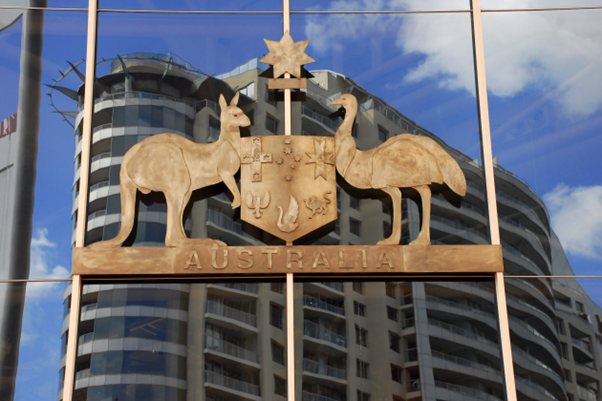Australia’s inflation rate slowed less than expected in the March quarter as rents and education costs increased, dimming hopes the cost-of-living crunch was easing and lessening chances of a 2024 cut in official interest rates.
The consumer price index for the first three months of 2024 was 3.6% higher than a year earlier, slowing from the 4.1% annual pace in the December quarter, the Australian Bureau of Statistics said on Wednesday. Economists had tipped CPI growth would drop to 3.5%.
The March quarterly inflation rate was 1%, compared with the 0.6% pace in the December quarter. Economists had tipped it would rise to 0.8%.
“Having sprinted lower in the back end of 2023, headline inflation is struggling to keep that momentum going,” Harry Murphy Cruise, an economist with Moody’s Analytics, said.
For March alone, CPI was 3.5%, up from the 3.4% pace recorded for January and February.
“Service inflation is the main culprit holding back progress,” he said. “Inflation will keep easing from here but progress will be slow.”
Education costs in the quarter rose 5.9%, led by a 6.5% jump for tertiary expenses. Health costs were also up 2.8% for the three months.
Rents advanced 2.1%, lifting the annual increase to 7.8%, or the fastest pace in 15 years amid very low vacancy rates, the ABS said.
Perth alone saw rents jump 9.9% from a year ago, ahead of Sydney’s 8.9% increase and 6.8% in Melbourne – though Hobart’s rents eased 0.4%.
Electricity prices were among those turning lower. They fell 1.7% in the March quarter, reversing a 1.4% rise in the previous three months. From a year earlier, they were 2% higher. Without government rebates, the annual rise would have been 17%.
The country’s inflation rate has been falling since it hit a peak at the end of 2022, driven lower in part by the sharpest increase in official interest rates in three decades.
Other nations, such as the US and UK, had lately seen inflation either start to rebound or slow less than expected, fostering concerns about the challenges of the so-called last mile of squeezing excessive demand out of the economy.
On the other hand, China – easily Australia’s biggest trading partner – has been flirting with deflation, a trend that would tend to ease inflation globally.
The Reserve Bank’s board will analyse the latest data closely when it meets on 6-7 May. Prior to today’s data release, investors were rating only a sliver of a chance of an RBA rate cut next month, with markets fully pricing in a 25-basis point reduction in the cash rate by February 2025.
Related: Talk of interest rate cuts soon is optimistic – here’s why the RBA may decide doing nothing is safer | Greg Jericho
The federal budget, to be released on 14 May, will also be shaped by the inflation figures. The Albanese government will likely argue its spending won’t stoke inflation pressure and delay any interest rate cut by the central bank.
After the ABS released the figures, financial markets trimmed their bets that an early interest rate was in the offing. The Australian dollar leapt more than a quarter of a US cent to trade at about 65.25 US cents, while the ASX200 share index erased its gains of about 0.4% for the day.
Aside from the headline CPI, the RBA also looks at the trimmed mean and weighted median measures that strip out some of the volatile movers.
Both had been expected to increase 0.9% for the quarter, but instead rose 1% and 1.1%, respectively. At an annual rate, the trimmed mean eased to 4% from 4.2% in the December quarter, while the weighted median was steady at 4.4%.
Goods and services deemed by the ABS to be “non-discretionary” rose 4.2% from a year earlier, while “discretionary” ones rose 2.9%.
Two categories that were helpful in easing inflation may not be so beneficial in coming months.
Automotive fuel fell 1% in the quarter, with the average unleaded petrol price dropping 2 cents to $1.94 per litre. Middle East tensions since the end of March have pushed petrol prices back above $2 in much of the country.
Food and non-alcoholic beverages were 3.8% higher than a year ago, or roughly in line with the overall CPI result.
“Meat and seafood prices fell this quarter as increased supply and discounting led to price drops for beef and veal and lamb and goat,” Michelle Marquardt, ABS head of prices statistics, said. “Discounting of fish and other seafood and other meats also contributed to the fall.”
Farmers were busy de-stocking six months ago after the driest three months ever recorded by the Bureau of Meteorology, and as an El Niños event was unfolding. That feat is not likely to be repeated soon.
This article was written by Peter Hannam from The Guardian and was legally licensed through the DiveMarketplace by Industry Dive. Please direct all licensing questions to legal@industrydive.com.

